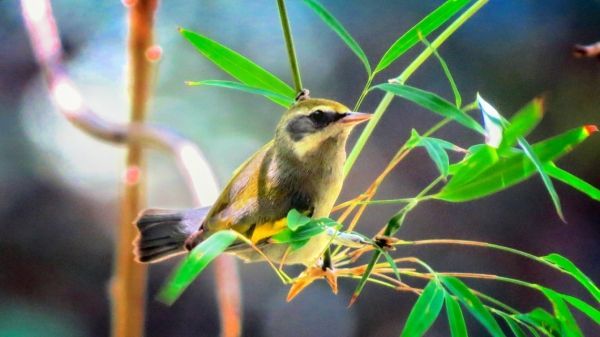After raising their families in summer, males and females of some bird species spend their winter break apart. At the end of their journey to Central or South America, you might find mostly males in one habitat, and females in another.
Yet conservation strategies have typically overlooked the habitats needed by females, putting already-declining species in even more peril, according to a new study in the journal Biological Conservation.
“Among the small songbird species that have been studied, the general rule seems to be that females occupy lower elevation, shrubbier, drier sites,” said Ruth Bennett, Ph.D. ’19, lead author of “Overlooked Sexual Segregation of Habitats Exposes Female Migratory Landbirds to Threats,” which published Nov. 7. “Mid-elevation and high-elevation sites that are more humid and have better quality forest are occupied by males.”
Read more at Cornell University
Image: Researchers found that among golden-winged warblers, the habitats where female birds spend the winter are being lost more rapidly than those inhabited by males. CREDIT: Cornell University


